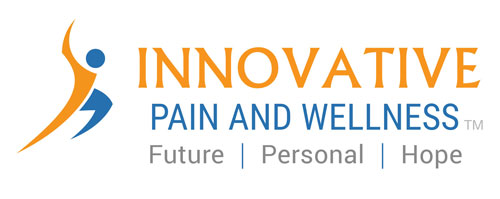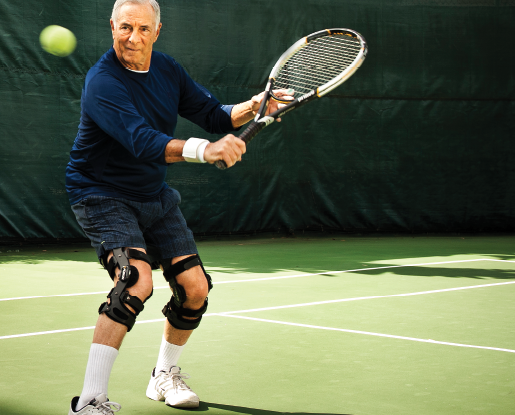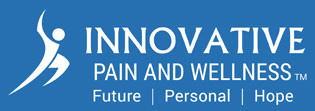Benefits of bracing
BENEFITS OF KNEE BRACING
If you suffer from arthritis or other structural knee problems, a knee brace may be able to help you in your quest to stay active. Certain warm-up exercises before engaging in low-impact exercise may require a knee brace to prevent injury. One of the best exercises to address knee pain is simply to walk. Your doctor will be able to help you to decide what brace is best for your body type so that you can engage in walking or other low-impact exercises. A good knee brace is often important to keep your leg muscles and ligaments in good condition (with the appropriate footwear).
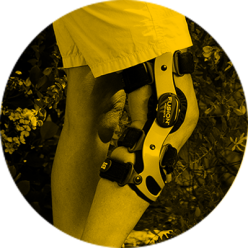
Want to learn more about bracing?
Call to schedule an appointment today.
Call to schedule an appointment today.
BENEFITS OF BACK BRACING
While both invasive and non-invasive therapies may be used, bracing is a common treatment for many patients suffering from back pain. Patients using a brace may reduce painful muscle tension that is a common protective reaction following an injury. Bracing will also prevent or restrict painful movements, such as twisting the spine or bending forward, backward, or to the side. Limiting painful movements and postures can also help improve awareness of the body’s positioning (proprioception), which allows the wearer to consciously adjust posture for improved back health.

KNEE BRACING
- Improves posture
- Provides protection and additional stability to the knee
- Immobilizes injured areas to maximize recovery
- Provides compression to maintain proper anatomical alignment
- Minimizes risk for future injury
- Alleviates mid and low back pain
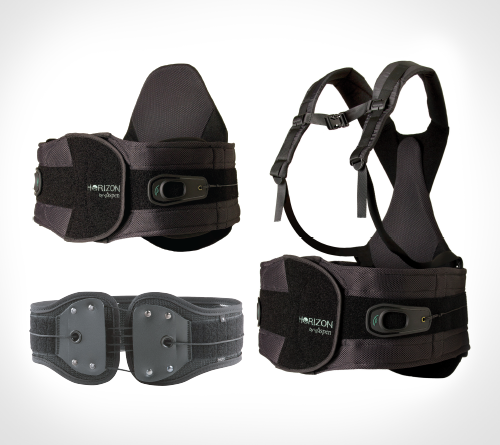
BACK BRACING
- Immobilizes injured areas and assist in recovery
- Stabilizes areas of weakness immediately after surgery
- Helps lessen strain and pressure on the spine while lifting
- Improves posture and removes additional pressure from the spine
- Makes transitional movements, such as sitting to standing, more comfortable
- Alleviates mid and low back pain
- Allows you to move and perform activities you could otherwise not do without the brace
- Assists your natural core function in supporting the spine
